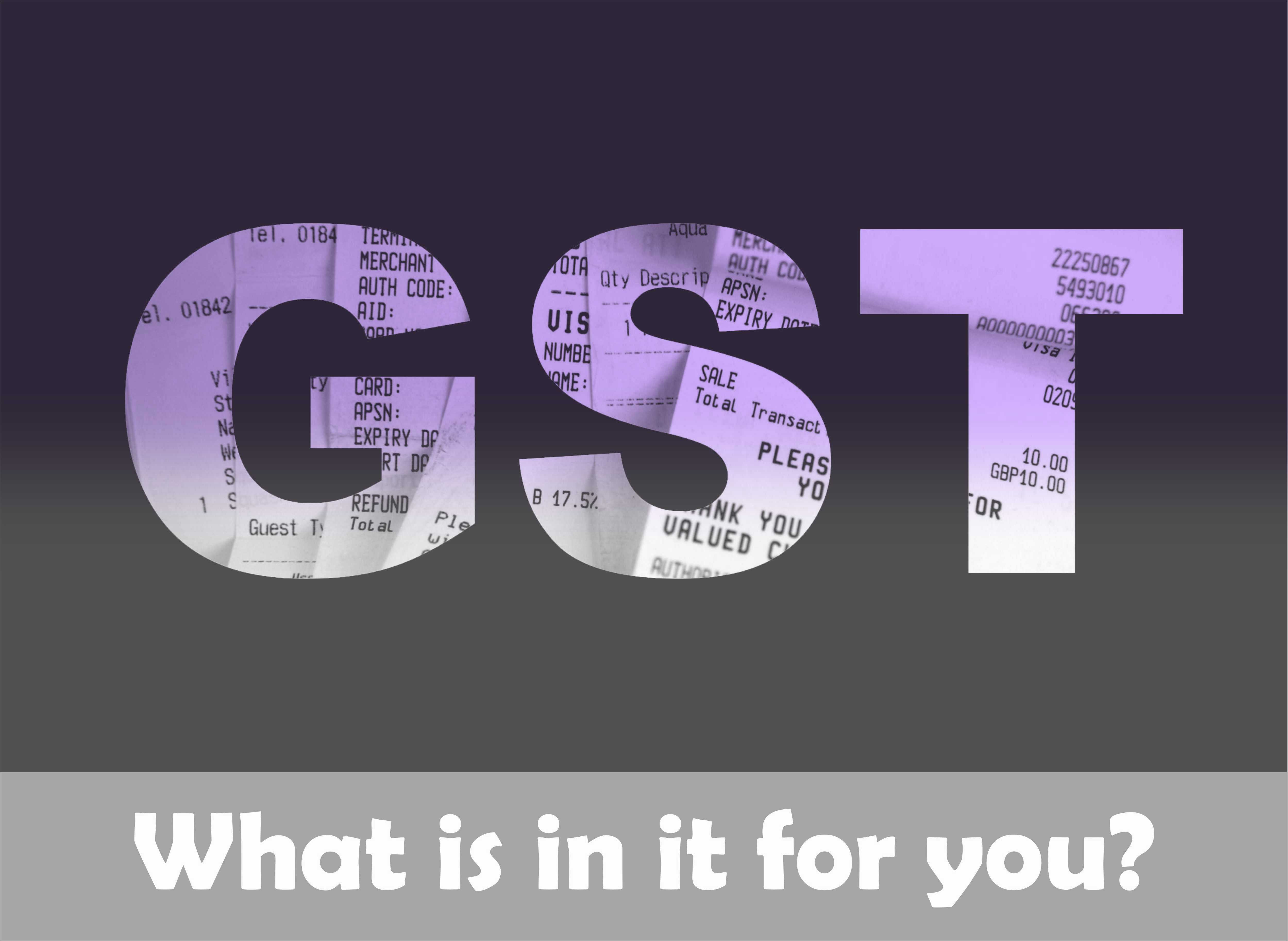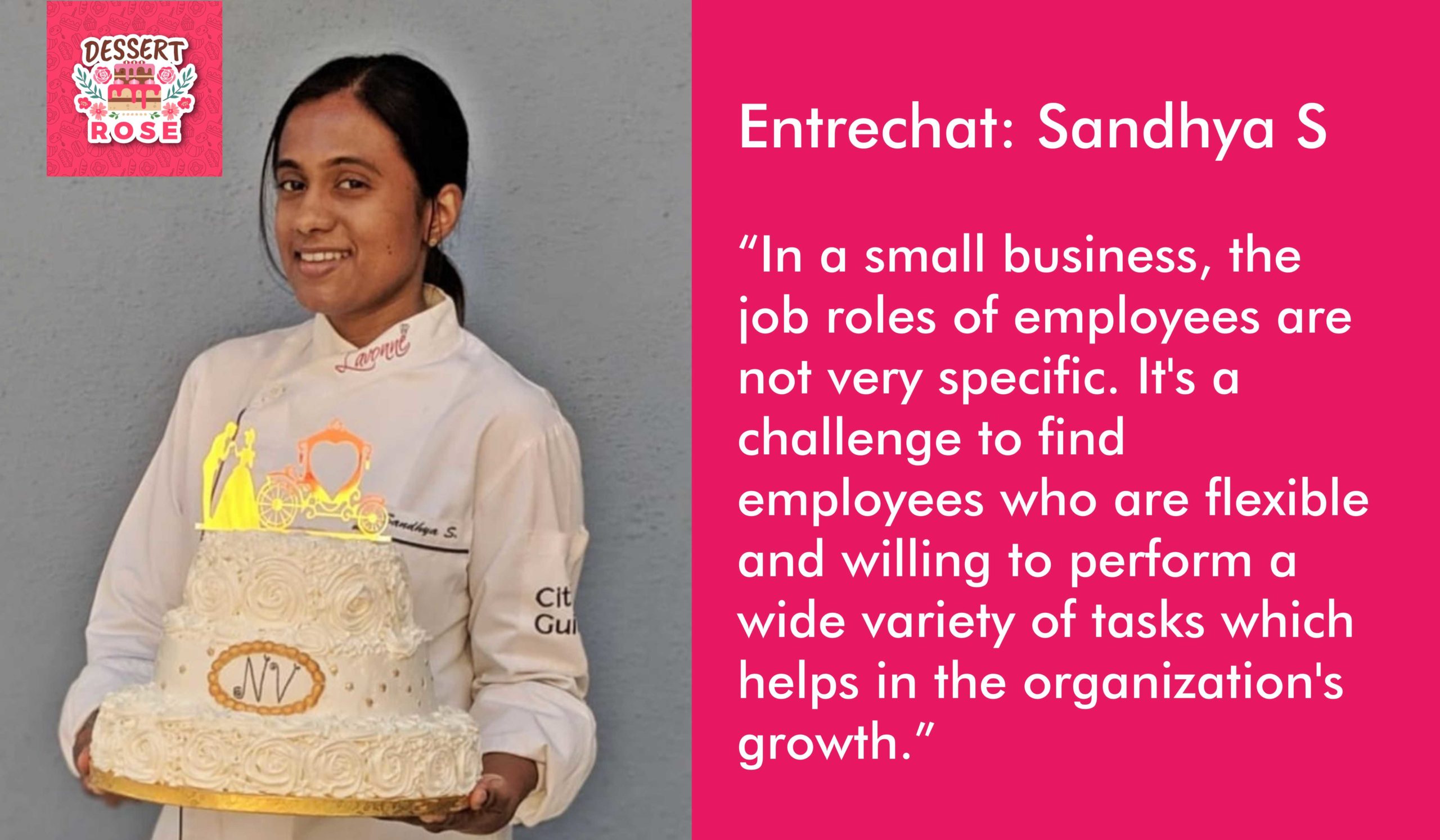On June 30th at the stroke of midnight, India’s biggest ever tax reform, Goods and Services Tax (GST) will roll out to replace multitude of taxes. The revolutionary tax reform promises to catapult India into a fast growing nation, with significant GDP gains, greater ease of doing business across the country, easier movement of goods and replace multiple state and central levies into a single tax. No wonder GST is dubbed as `one nation, one tax’. It will
benefit everyone—large companies, small companies, start-up entrepreneurs and consumers. Ofcourse for the last category some things, like bikes, will become cheaper while others, like eating out, will become dearer.
GST is one single tax on the supply of goods and services right from manufacturing to the ultimate delivery to consumer. Credits of input tax paid at each stage will be available in subsequent stage of value addition, which makes GST as a tax only on value addition at each stage and thus avoids multiple taxation. The final consumer will bear only the GST charged by the last dealer in the supply chain, with set-off benefits at all previous stages.
To put it simply, sales tax, services tax and central excise tax are paid at every stage from manufacturing stage and eventually leads to one tax being paid on top of another. This makes the cost of production too high. GST eliminates these multiple taxes (see table: What GST Replaces).
More than 140 countries use GST, with France being the first one to implement the tax and Singapore, Malaysia being more recent examples of countries that shifted to GST. In India, GST will apply to all states except Jammu & Kashmir (J&K), as the state enjoys special status and has its own taxation powers and laws, which do not follow central excise duty, service tax and VAT. GST is governed by the GST Council and its chairman is Union Finance Minister, Arun Jaitley.
GST will have three components: one levied by Centre called Central GST (CGST), second levied by the state governments called State GST (SGST). The third will be in case of inter-state transactions and imports, called Integrated GST (IGST). The third will roughly be equally to the first two—SGST plus CGST.
Both the Centre and the state will simultaneously levy GST across the value chain, except on exempted items which include electricity and liquor. Tax will be levied on every supply of goods and services. Centre will levy and collect CGST and states will levy and collect SGST on all transactions within the state.
There are five GST slabs from 0 to 28%. For example shampoo and cold drinks seen as luxuries will be charged at 28%, eyeliner and bottled water will be 18%. Small restaurants will pay 5% and air conditioned ones 18%.
GST is a significant step in reform of indirect taxation in India. Combining several central and state taxes into a single tax will mitigate cascading or double taxation. This will help in creating a common national market. The simplicity of the tax is expected to lead to easier administration and enforcement. From the consumer point of view, the biggest advantage will be in terms of reduction in the overall tax burden on goods, which is currently estimated between 25% and 30%; free movement of goods from one state to another without stopping at state borders for levies like octroi and overall reduction in paperwork and improvement in tax compliance.
Managing the complex architecture and the network will be the Goods and Services Tax Network (GSTN). It’s a non-profit organization formed to create a platform for all the concerned parties that is, stakeholders, government, tax payers to collaborate on a single portal. The portal will be accessible to the central government which will track down every transaction on its end. The IT network has been developed by private firms which are in tie up with the central government and have stakes accordingly. The authorized capital of GSTN is ?10 crore (US$1.6 million) in which Central Government holds 24.5% of shares while the state government holds 24.5% and rest with private banking firms.
Registration with the GSTN is necessary for doing business in the GST regime as businesses will have to upload monthly supply data as well as file return forms on this portal. Out of the 81 lakh existing assesses, 65.5 lakh had already migrated to the portal till June 25. And more will do in coming days to prepare for this revolutionary tax reform.
Table1
| No Tax (0%) | 5% GST | 12% GST | 18% GST | 28% GST |
|
On items including eggs, butter, milk, honey, fresh fruits & vegetables, drawing, colouring books. Services: Hotels, lodges with tariff below Rs 1,000 per night
|
Apparel below Rs 1,000, footwear below Rs 500, frozen vegetables, coffee, tea.
Services: Transport services (railways, air transport), small restaurants
|
Apparel above Rs 1,000, packaged dry fruits, cellphones, board games like chess, carom, diagnostic kits.
Services: Non-AC hotels, work contracts
|
Footwear costing over Rs 500, biscuits, cornflakes, aluminium foil, tampons, camera, speakers, monitors.
Services: AC hotels that serve liquor, telecom services, IT services, financial services |
Bidis, chewing gum, chocolate not containing cocoa, waffles, sunscreen, washing machine, deodorants, shaving cream, vacuum cleaners, hair clippers
|
PS: above list is indicative and not exhaustive
Table 2
| Items Exempt from GST | What GST Replaces (taxes to be merged under GST) |
| Electricity
Property transaction leviable on stam duty Petroleum products Alcohol for human consumption
|
Central Excise Duty
Additional Excise Duty Service Tax Countervailing Duty Octroi & entry tax [urchase taxLuxury tax |










